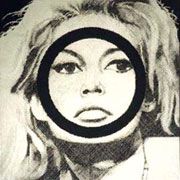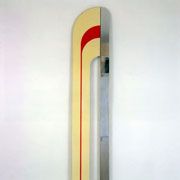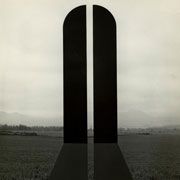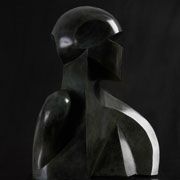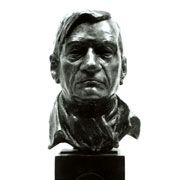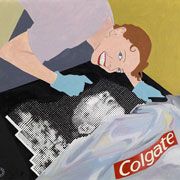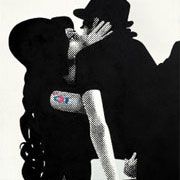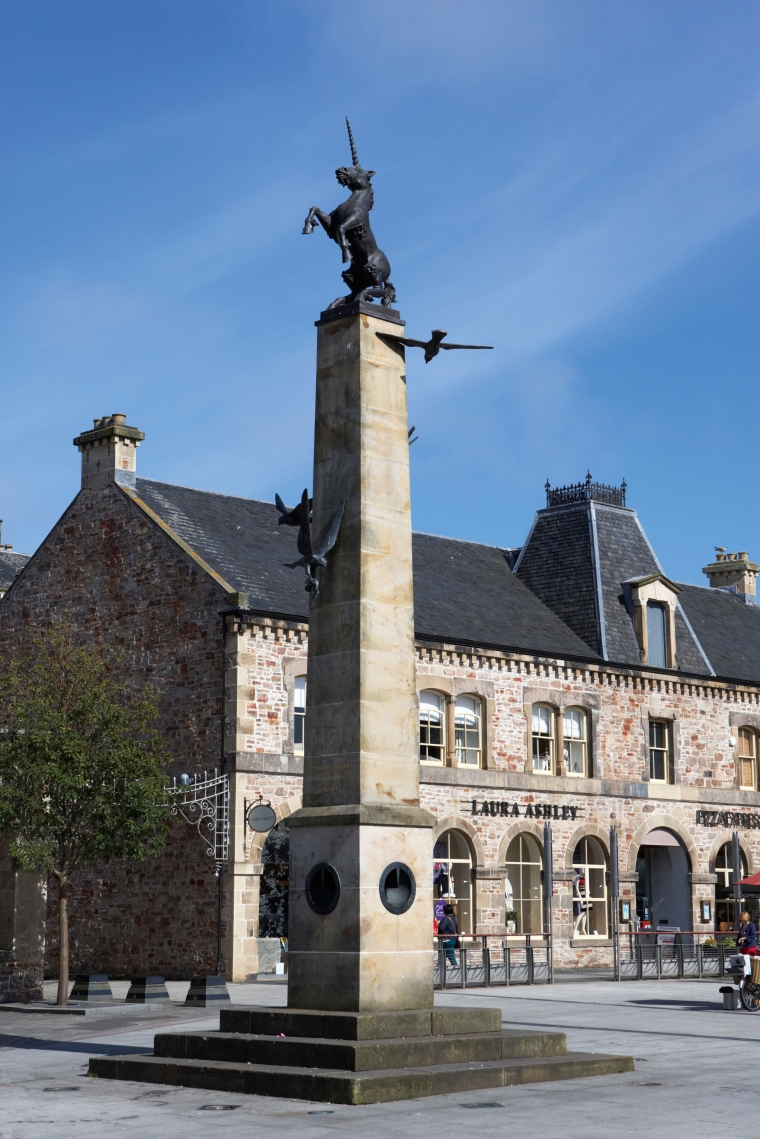

Catalogue Raisonné. Falcon Square Mercat Cross, CR600
Search the Catalogue
Falcon Square Mercat Cross
CR 600
Kinkell, Scotland
2002
Bronze, Clarsach stone obelisk
Eastgate Centre, Inverness
Citations and Comments
The total height of the Falcon Square Mercat Cross is approximately 37 feet (11.3 m). It consists of an eight-foot high Clarsach stone plinth surrounded by Clarsach flagstone steps and surmounted by a tapering Clarsach stone column 20.5 feet high. Both plinth and column are square in cross section. Attached to the column and inset into the plinth are the nine bronze sculptures described as follows:
The Unicorn, which is eight feet high overall, stands on a bronze cap on top of the column. It is attached by a three-point fixing to the cap consisting of the tail and two rear hooves, all three of which are cast integrally with the cap. The entire casting weight is approximately 600lbs. The Unicorn frequently appears on Mercat Crosses. It is the heraldic supporter of the Royal Arms of Scotland. The coat of arms including England, Scotland and Ireland as a whole shows the shield supported by the Lion and the Unicorn. But in Scotland the shield with its lion rampant is supported by two Unicorns. The heraldic Unicorn is always shown with a collar and chain, but the Falcon Square Unicorn is shown free of these encumbrances. It is an intensely confident beast, rampant and free. The mythology associated with the Unicorn is complex and attractive. Apart from the long and slender single horn on its head, it is differentiated from the horse by a more agile and flexible physique, cloven hooves and the vigorous tufts of hair which grow in a beard-like form from its chin and sprout again from its ankles, wrists, elbow and knees.
The Falcon refers to the name of the site, Falcon Square, where the Falconer family established the former Falcon Iron Works. The sculpture shows a peregrine falcon in four different stages of a hunting attack. The prey is a wood pigeon, which is the favourite quarry of the peregrine. The four images, all of the same bird, are attached to the sides of the column so it appears to be circling as it descends. At the top of the column the bird has gained height and is searching for its prey. Behind the Unicorn, it has begun its attack. Its wings are folded back so that it has assumed a dart-like configuration and is plummeting downward achieving speeds of over l00mph. As it nears its quarry it spreads its wings to slow down and level out in greater control for the final attack. The lowest image shows the completion of the stoop and the pigeon clutched firmly in the peregrine’s formidable talons.
These are hemispherical bowl sundials, properly known as ’scaife’ sundials. They have been calibrated for the latitude of Inverness (57.4778˚N, 4.2247˚W) by Dr Kenneth Mackay of the British Sundial Society.
The gnomons (the part of the sundial which casts the shadow indicating the time) are the tips of the triangular blades set into the bowls. Each sundial indicates the time in turn as the sun tracks around the column. At this high latitude in midsummer even the dial on the north side of the plinth will indicate the time early in the morning. As well as telling the time, the dials also indicate the astrological periods. They are set for British Summer Time.
Catalogue Raisonné Information
We are compiling a full record of all Gerald Laing's artworks for the publication of a full Catalogue Raisonné.
If you own or have owned this work we would be most grateful for your help in ensuring that all details in the catalogue are correct - please .(JavaScript must be enabled to view this email address) or fill in this form.
